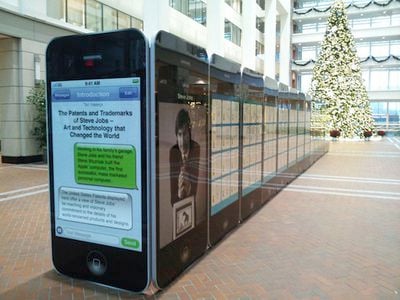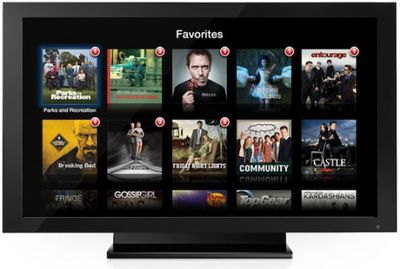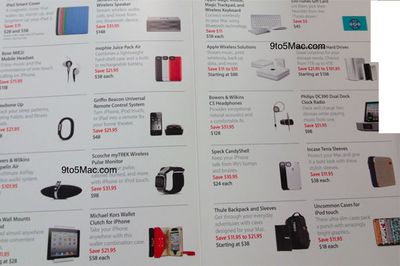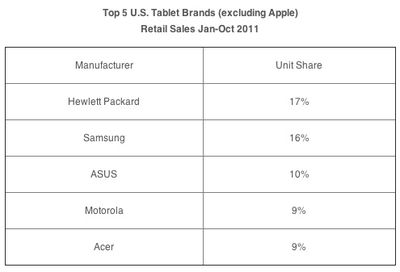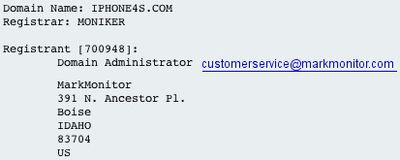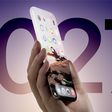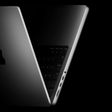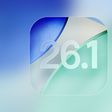Much has been made of Foxconn's efforts to begin producing iPads in Brazil, but the initiative has also included iPhone production that has moved along at a bit faster pace than the iPad plans.
As evidence of the fact that Brazilian iPhone production is already up and running, MacMagazine.com.br shares photos [Google translation] of a new 8 GB iPhone 4 carrying markings revealing that it was manufactured in Brazil.

Aside from an "Indústria Brasileira" notice replacing the usual "Assembled in China" statement found on most iPhones, the new Brazilian model also includes a regulatory agency logo from Anatel, the Brazilian Agency of Telecommunications. The software also reports a model number of MD198BR, with the "BR" suffix suggesting a Brazil-specific model.
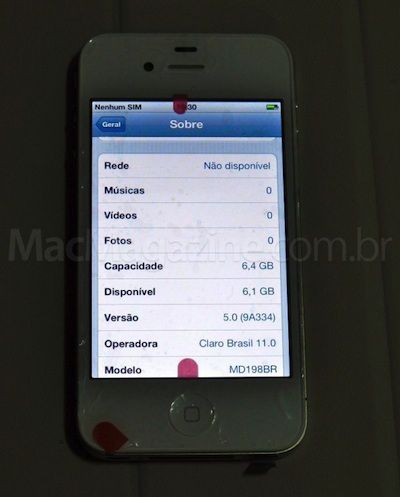
Apple has yet to introduce the 8 GB iPhone 4 in Brazil, but a separate source has reportedly told MacMagazine.com.br that the device is set to launch on December 2nd. The launch of that device would almost certainly come alongside the debut of the iPhone 4S in Brazil, although specific information on a launch date for the iPhone 4S has not yet been received by the site.
High Brazilian import taxes on goods such as the iPhone and iPad have resulted in slow adoption of Apple's devices in the world's fifth most populous country. By moving production into the country, Apple and Foxconn hope to spur growth there while also expanding and diversifying manufacturing for worldwide distribution.
iPad production has apparently yet to begin in Brazil, although Foxconn has claimed that it will be ramping up manufacturing of the device there next month.



 Just yesterday, a
Just yesterday, a 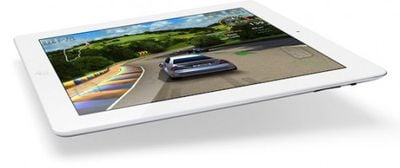
 Last month, it was reported that Sony Pictures was
Last month, it was reported that Sony Pictures was 